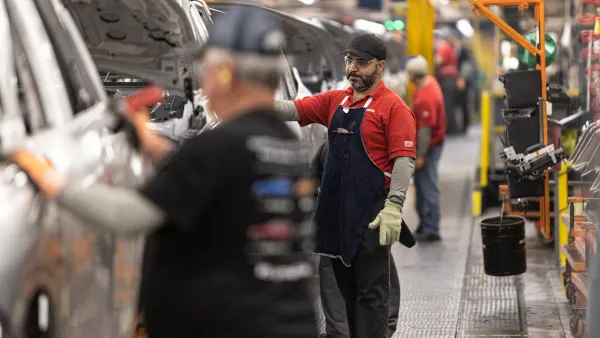Dive Brief:
- A crucial tool in large businesses kit is their ability to manage inventory well, Business 2 Community reports. Ineffective or nonexistent inventory tracking causes longer lead times, which result in stock outages, earning customer frustration.
- The U.S. has more than 28.2 million small businesses, 1,100 of which manage their inventory either through a spreadsheet program (21%); accounting programs (15%); manual processes (14%), or not at all (8%), according to a recent survey. A mere 18% rely on inventory control software.
- Adapting to an automated inventory management system while a company remains small is easier than inputting years of uncertain data once inventory management becomes necessary. Switching sooner rather than later may be the most cost effective strategy, and accelerate growth.
Dive Insight:
While multinational companies and large corporations can show how to apply cutting edge technology to optimize the supply chain, the state of small business supply chains may more accurately shed light as to the stage of technology adoption nationwide.
After all, even if a company has a pristine inventory management system, if inbound supply data is not standardized, inefficiencies may still arise. Given the low numbers of inventory management adoption, it also shows the need to understand your suppliers' capacity and, when possible, push them for greater efficiencies.
Yet, supply chain needs are often as complex for small businesses as for large.
Though scale may differ, small businesses must still be reliable, flexible and familiar with buyer and supplier needs. However, a particular challenge faced by small businesses is managing a relationship with a larger supplier, which may not be considerate of the limitations of small business.
In a 2014 post, APICS' CEO Abe Eshkenazi writes small businesses should be certain to research potential suppliers (and we would add buyers) to watch whether they maintain long-term relationships with customers, promise transparency and can meet your material needs or provide volume guarantees. Just because a supply chain is smaller does not mean it has to be any less efficient or trustworthy.













